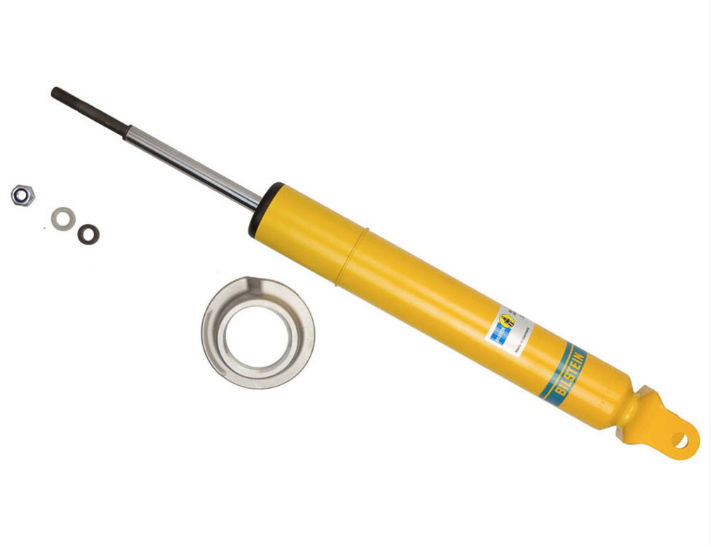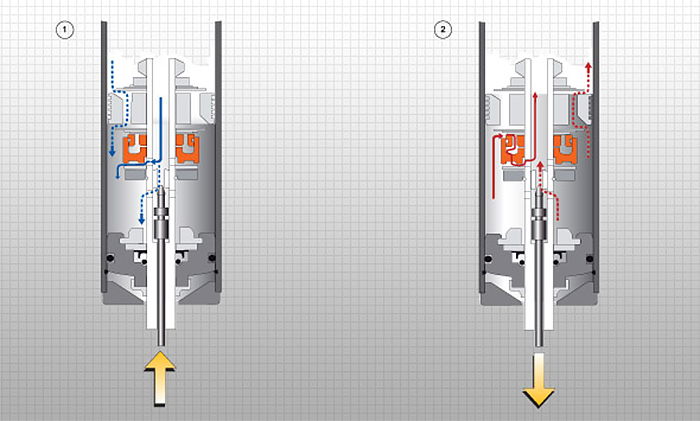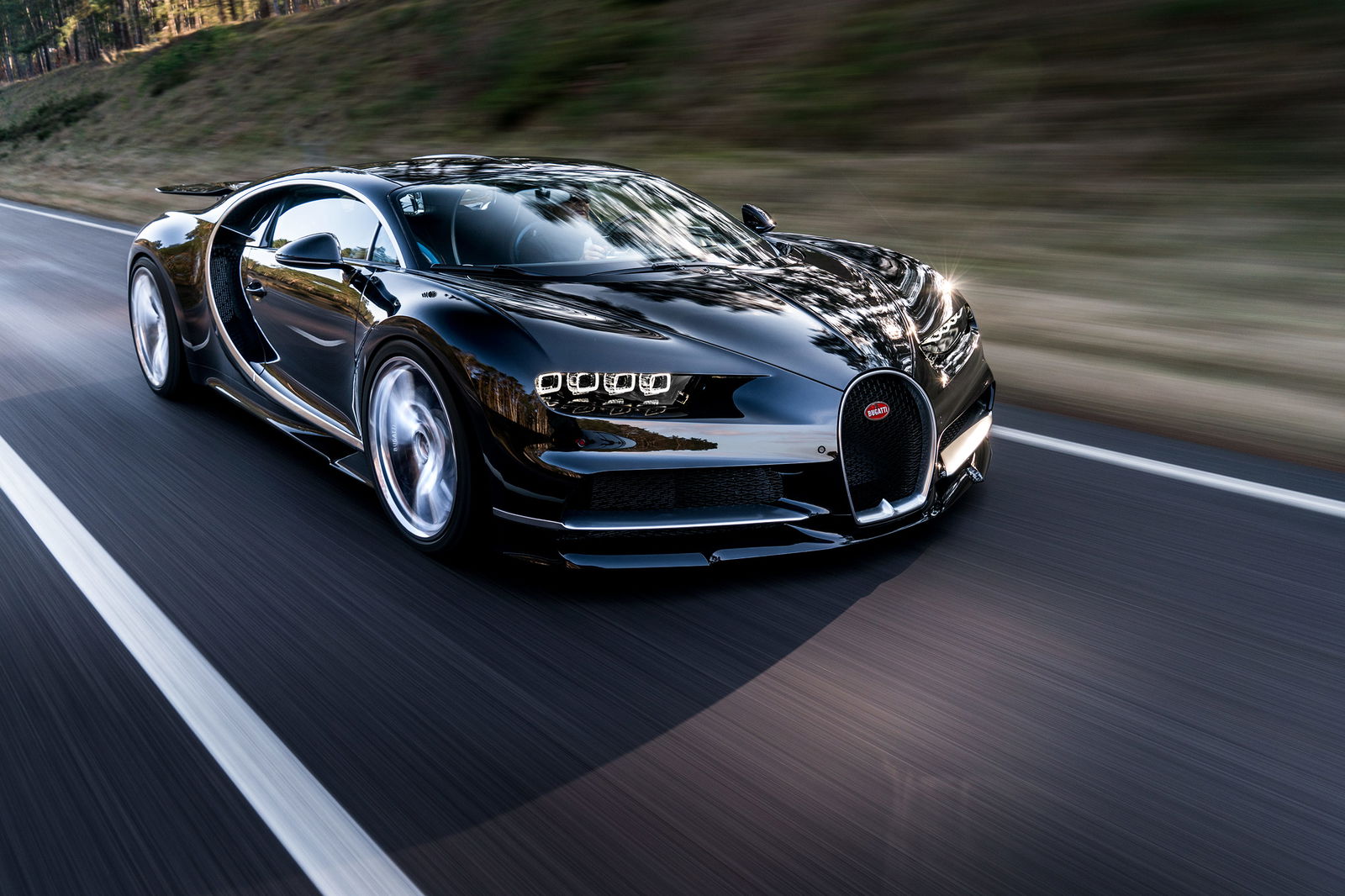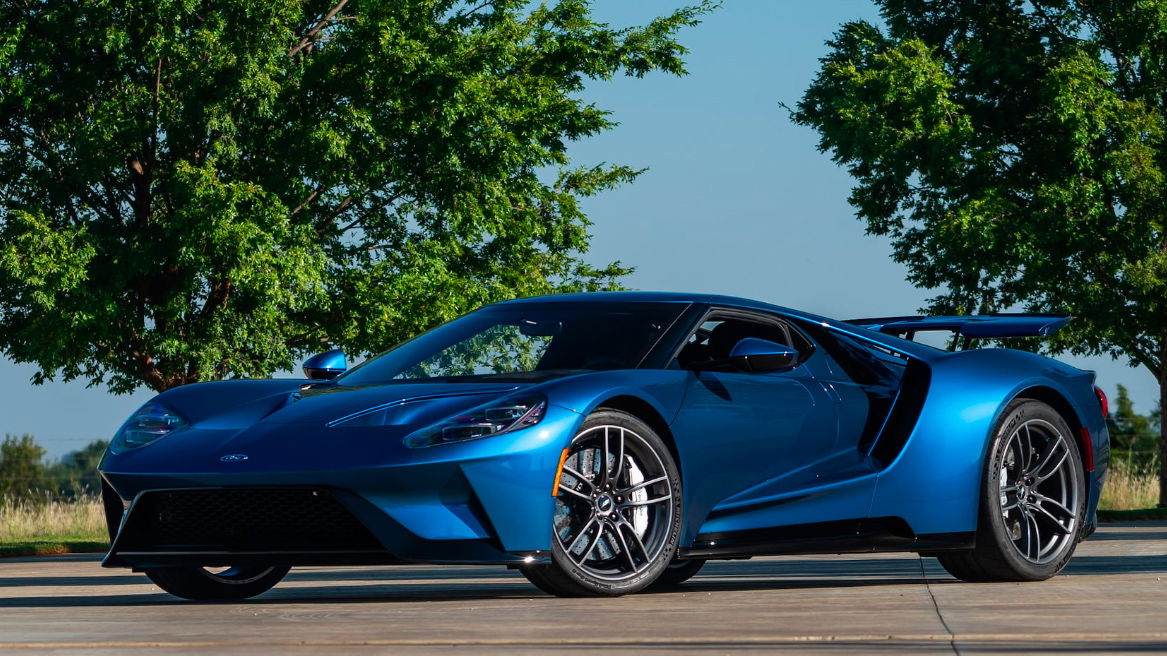How Do Dampers Actually Work?

Have you ever seen an old American TV show or movie where the cars hit a bump and keep yo-yoing or see-sawing for a while afterwards? That’s what happens when you don’t have enough damping – and it’s not exactly good for your car’s ride or handling.
Equally, many of us have driven cars that hit sharper bumps and felt the impact jar harshly through the car’s structure. That’s also a bad damping setup, and these days it’s too common. Here’s what’s going on inside a damper, and how it can cause problems.
Left to its own devices on a car, a coil spring will carry on bouncing away for far too long. Dampers damp the spring’s movement, bringing it back to its normal resting position much sooner. They also prevent the coil from blowing through its travel in a way that could ultimately damage components. The solution to this is a push-rod in a sealed tube of oil. The rod is attached to a piston that, when the damper unit is compressed, pushes into the oil and generates resistance against the coil spring’s desire to bounce.
Various damper designs are used, mostly with one tube or two in a concentric layout. In all cases the oil being displaced has to go somewhere: sometimes it’s through simple pressure-activated valves in the push-rod’s piston, and sometimes it’s with a combination of two chambers and two pistons. In those cases, oil is usually pushed from the inner chamber past a slave valve into the outer chamber.

The combination of pistons, valves and pressure achieves a normal balance. That’s when the car is parked or driving along a smooth road. When the tyre hits a bump, though, it begins the suspension process by flexing a little, taking an initial bite out of the severity of the hit. An instant later, the suspension starts to move; the spring marshalled by the damper as the latter’s piston pushes and pulls through its oil reservoir.
Damping rates can be controlled simply by varying the size of the valves in the main piston, for example. The problem with such a simple approach is that valves have maximum flow rates before they effectively stop working and the suspension almost locks for an instant. Hit a bump hard and the damper will kick you in the ass.

There are more complex options at the other end of the scale that use a combination of high-pressure nitrogen at the base of the damper and a floating piston to separate it from the oil chamber above. The nitrogen helps reduce body roll, vibration and aeration of the oil, theoretically giving better small-bump response, a greater valving range and a suppler feel. A gas-charged damper is naturally way more expensive.
Damping is a simple concept that can be executed in an ever-increasing array of ways. From basic designs to performance coilovers the essentials will always remain the same, though, and where would cars be without damping? Stuck in a parody of the American 1970s, most likely.


Comments
makes a well written article about a serious nerd topic
puts clarkson in
So is this something that could fix snap oversteer?
working as an engineer in ZF Slovakia - production of dampers. its very simple descriptions but its good :)
I’m pretty sure that’s not how they work
Good article. Dampers are one of those things that aren’t talked about enough. Shit dampers will equal poor body control and poor ride comfort. Porsche are very good at selecting optimal damping rates/curves which provide good body control without a crashy ride. One of the key reasons their more recent cars handle so well IMO.
Not in all cases does the displaced oil have to go somewhere, there are through-rod designs available in which no oil is displaced by the shaft. That’s a fairly small portion of the damping effect compared to oil moving through the valving anyway